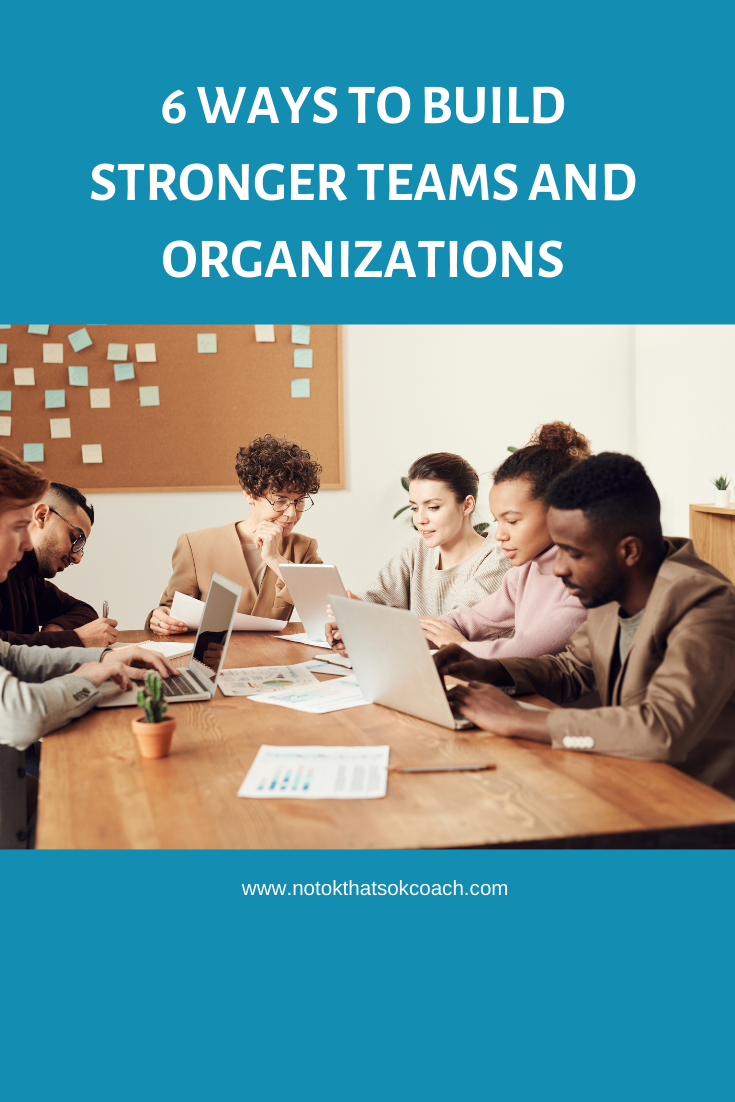The majority of people want to work for organizations that make diversity and inclusion a priority. According to a Glassdoor survey, 67 percent of active and passive job seekers said that a “diverse workforce is an important factor when evaluating companies and job offers.” And being a diverse and inclusive organization not only brings in top talent, it also helps with the bottom line, as seen in these data points:
- Diverse teams (of three or more people) outperform individual decision-makers up to 87 percent of the time.
- Racial and ethnically diverse companies are 35 percent more likely and gender diverse teams are 5 percent more likely to have financial returns above their respective national industry medians.
- Companies with above average diversity had 19 percent higher innovation revenues.
While it is not always easy, here are a few ways to get you started to build a more inclusive team and organization:
1. Make Diversity and Inclusion a Priority
To harness the full power of our differences in the workplace, it needs to be made a priority. It needs to be something that is not only important and valuable to you and your team, but to the organization as a whole. Have conversations with senior leaders to gain a better understanding of what diversity and inclusion means to them and what efforts are already in place. Provide current data as to the opportunities of being a more inclusive organization and model the behavior you would like to see throughout your company. This can be through your hiring practices, communication, teambuilding, and more.
2. Create Strength-based Teams
Diversity is not just about race and culture. When creating a team, it’s important to bring people together with varying strengths and talents. This helps to ensure that things get done, new ideas are brought out, and concepts are well thought out and addressed. According to Gallup’s assessment, CliftonStrengths, there are four domains of leadership. Within each domain there are varying strengths. The domains are:
- Relationship building: People who accept and include others while actively listening to bring people together
- Influencing: Employees who help others to get their voices heard, sell ideas, and convince others
- Strategic Thinking: Individuals who analyze information to inform their decisions by thinking about current and future problems
- Executing: People who set goals and have the stamina to get things done accurately and quickly
As you’re bringing a team of people together, consider looking for employees who bring these varying strengths. If you’re unsure where your employees fall, ask for suggestions from colleagues. You also can think about:
- Who follows through and gets work done
- Who is able to get buy-in from other members of the organization
- Who has a plan A, B, and C to ensure nothing is missed
- Who spots talents of others and brings people together to ensure everyone’s ideas are heard
3. Allow for Pre-Brainstorming
Everyone comes up with ideas in different ways, and many people prefer not to think on the spot. When we ask for feedback or advice in the moment, we might be missing out on hearing from employees who need time to process. If you’re looking for your team to challenge the status quo and think outside the box, provide them with your ask before a meeting or brainstorm session. Allow them to think in their own space and time and then come together as a group to hash through the ideas. You might be surprised by the level of concepts they have come up with and be able to do a deeper dive during your in-person conversations.
4. Rotate Meeting Leadership and Solicit Feedback
Speaking up at meetings is not always easy and not all employees feel their opinions are valued. Provide opportunities for different members of your team to lead a meeting, share their ideas, and get feedback on the projects they’re working on. Let them know in advance that they will be leading the discussion and to prepare an agenda for the rest of the team.
Proactively ask questions of your team such as, “What am I missing?” or “What could we do differently?” to fill in the pieces. By bringing these questions to the forefront, it not only shows that you’re interested in the answers, but you intend to do something with them. Employees may not share their varying opinions if they do not believe people are interested or are not given the space to do so.
5. Make More Conscious Hiring Choices
As humans, we tend to feel safe and comfortable around people who think, act, and experience life similarly to us. And when we hire for “culture fit,” we tend to hire people like us. This doesn’t mean these people are not capable, but it can lead to a lack of diversity in multiple areas (thought, race, gender, ethnicity, etc.). Make a more conscious effort to expand your search by looking for people who will challenge you, help your organization grow, and be an asset to the team. This may involve bringing in people from employee resources groups and other departments to help make the best decision.
6. Create and Utilize Employee Resource Groups (ERG)
Employee Resource Groups (ERG) are made up of employees who have shared life experiences, interests, and/or allies of a specific population. They provide support and education for this population and also can contribute to the ongoing professional development goals of the organization as a whole. Providing a community for diverse employees (and allies) to come together is a great way to get to know people from different departments, ask for additional insight on projects, and help find things that might have been overlooked.
- Cultivating Relationships - July 20, 2021
- Empowering Our People - July 13, 2021
- Finding Purpose - July 6, 2021




